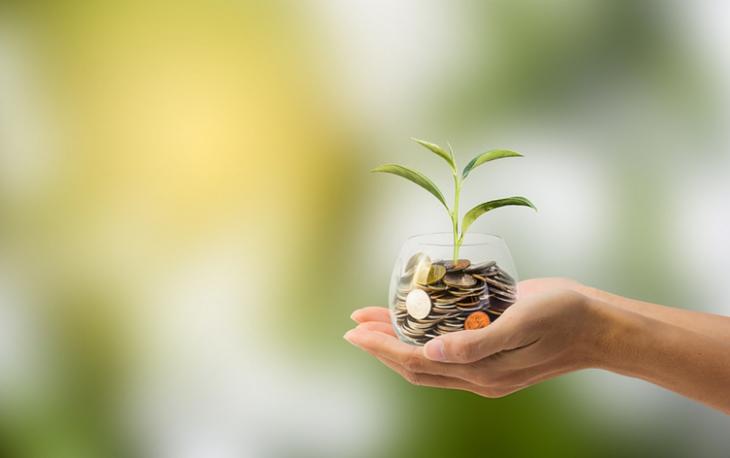The European Commission Issues First Green Bond
Under NextGenerationEU (the recovery plan for Europe), the European Commission has issued its first green bond.
€12 billion will be dedicated to green and sustainable investments across the EU, making it the world's largest-ever green bond. It will finance member states' environmentally beneficial projects as part of the bloc's COVID-19 recovery fund and is the first step the EU is taking in its journey to reach carbon-neutrality by 2050.
With a budget of €250 billion, green bonds will make up around a third of the EU’s €800bn Covid-19 recovery fund. They will boost sustainable finance markets as well as fund a greener EU recovery from the pandemic. With a strong oversubscription rate and excellent pricing conditions, the issuance represents a good start to the NextGenerationEU green bond programme.
Discussing the bonds, Commissioner in charge of Budget and Administration Johannes Hahn said: “Today's issuance is a strong start for the NextGenerationEU green bond programme. Set to turn the EU into the world's biggest green bond issuer, it is a powerful signal of the EU's commitment to sustainability. Our future is green and it is extremely important that we seize the opportunity to clearly show to investors that their funds will be used to finance a sustainable European recovery.”
Adding to this, Bram Bos, lead portfolio manager for green bonds at NN Investment Partners, explains that the scale of issuance from the EU would increase the liquidity of the green bond market significantly: "I think the possibility and barriers to start 'greenifying' your government portfolios is getting easier and easier with these kinds of issuances from the European Union, which in terms of size is massive”.
To be approved, a minimum of 37% of every EU member state’s Recovery and Resilience Plans must be set aside for the green transition. Already approved investments include a research platform for the energy transition in Belgium and the construction of wind power plants on land in Lithuania.
Some examples of efforts that member states are taking to go green include:
-
France is now the fifth largest producer of renewable energy in Europe. The Multi-Annual Energy Plan (PPE), which was adopted in April 2020, plans to double the production capacity of electricity from renewable sources by 2028
-
Germany’s "Energiewende" is the country's planned transition to a low-carbon, nuclear-free economy
-
Spain plans to invest €70 billion in the green transition between 2021 and 2023. For example, Enel Green Power Spain has proved to be an important ally and a driver of innovation for a just energy transition based on sustainability.
-
Lithuania’s plan includes reforms and investments to develop renewable energy power plants and create public and private energy storage facilities. These measures are complemented by reforms to phase out the most polluting road transport vehicles.
Find out more about the Green Bonds here.
